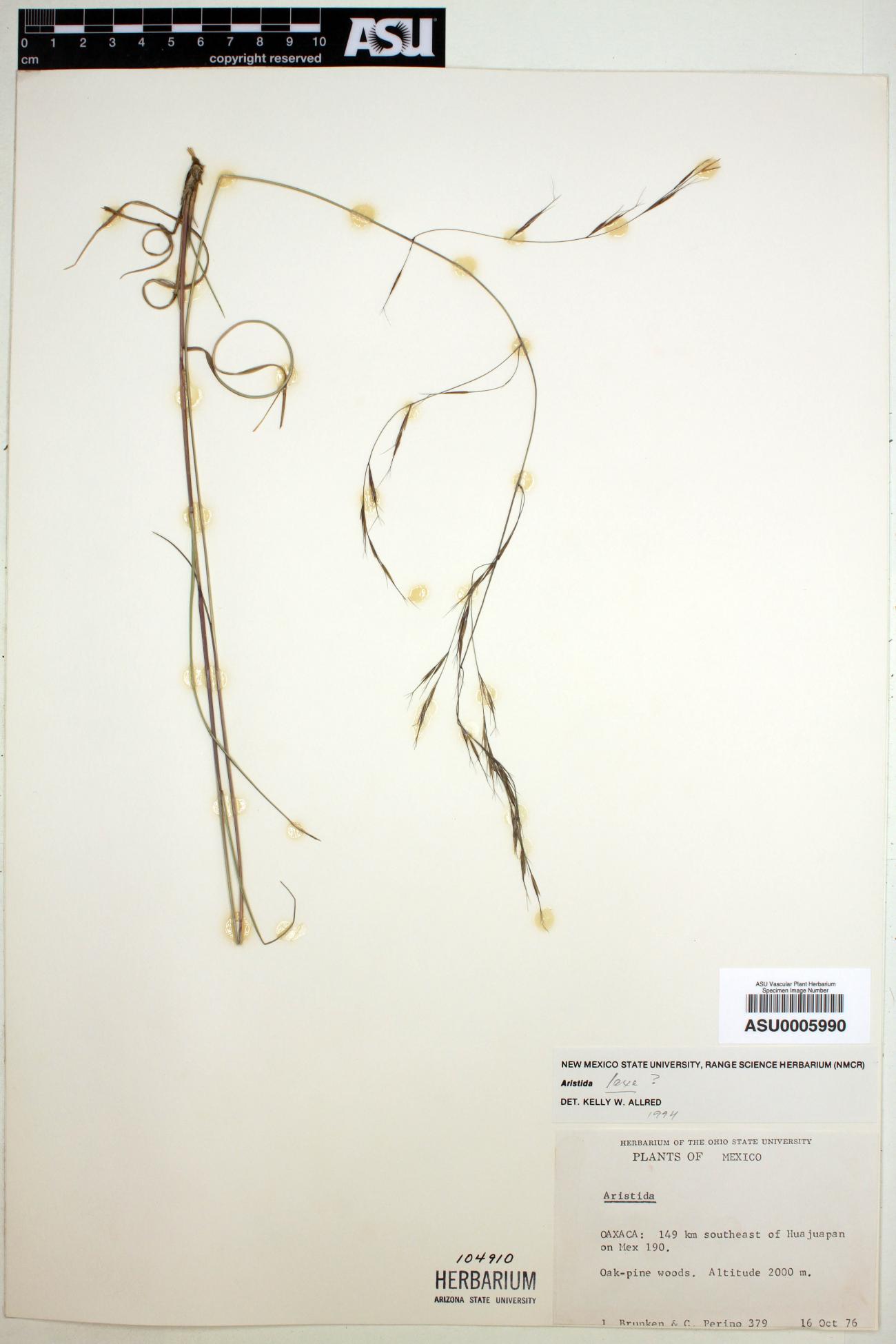
|
Family: Poaceae |
Plants usually perennial; herbaceous, usually cespitose, occasionally rhizomatous. Culms 10-150 cm, not woody, sometimes branched above the base; internodes usually pith-filled, sometimes hollow. Leaves sometimes predominantly basal, sometimes predominantly cauline; sheaths open; auricles lacking; ligules of hairs or very shortly membranous and long-ciliate, the 2 types generally indistinguishable. Inflorescences terminal, usually panicles, sometimes racemes, occasionally spikes; primary branches without axillary pulvini and usually appressed to ascending, or with axillary pulvini and ascending to strongly divergent or divaricate. Spikelets with 1 floret; rachillas not prolonged beyond the florets; disarticulation above the glumes. Glumes often longer than the florets, thin, usually 1-3-veined, acute to acuminate; florets terete or weakly laterally compressed; calluses well-developed, hirsute; lemmas fusiform, 3-veined, convolute, usually glabrous or scabridulous, usually enclosing the palea at maturity, usually with 3 terminal awns, lateral awns reduced or obsolete in some species, lemma apices sometimes narrowed to a straight or twisted beak below the awns; awns ascending to spreading, usually straight, bases sometimes twisted together into a column or the bases of the individual awns coiled, twisted, or otherwise contorted, occasionally disarticulating at maturity; paleas shorter than the lemmas, 2-veined, occasionally absent; anthers 1 or 3. Caryopses fusiform; hila linear. x = 11, 12. Name from the Latin arista, awn. Spikelets 1-fld, articulated above the glumes; glumes membranous, linear to lanceolate, 1(2-5)-nerved, acute, acuminate, or short-awned, the first sometimes deciduous; lemma indurate, linear, obscurely veined, closely convolute about the palea and grain, often scabrous on the obscure keel or toward the tapering summit, and with a sharp, usually bearded callus; awns of the lemma normally 3, elongate, similar or dissimilar; annual or perennial, often weedy, often branched from some or all the nodes, with narrow, often involute lvs, minute ligule, and terminal, usually slender or spike-like, dense or lax panicles or racemes. The awns, erect and parallel when immature or moist, diverge when dry and mature into characteristic positions. Lengths of the glumes and lemmas are here measured from the base of the spikelet. 200, mainly warm reg. Gleason, Henry A. & Cronquist, Arthur J. 1991. Manual of vascular plants of northeastern United States and adjacent Canada. lxxv + 910 pp. ©The New York Botanical Garden. All rights reserved. Used by permission. |
This project was made possible in part by the Institute of Museum and Library Services [MG-70-19-0057-19].
Powered by Symbiota



